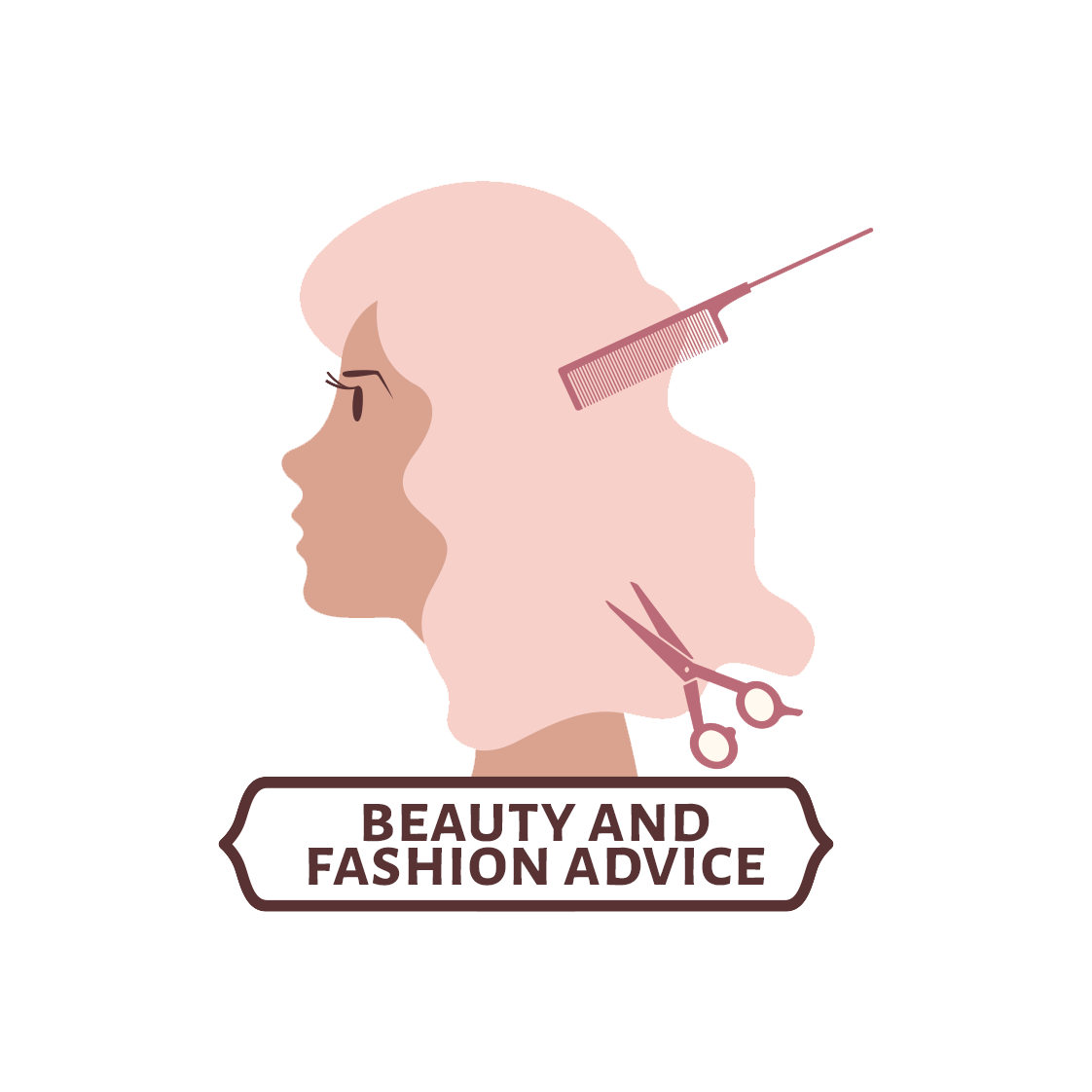“When dead skin builds up on the surface, it mixes with oil and bacteria, leading to blackheads, whiteheads, and inflammatory acne. Regular exfoliation helps keep the skin clear by promoting cell turnover—I typically recommend starting with 2–3 times per week,” says Dr. Gratch, advising to adjust your application based on how your skin responds. For gentle exfoliation, both Sofie Pavitt and The Ordinary offer mandelic acid options, while SkinMedica features a mild salicylic acid-based treatment. And for persistent acne, Differin gel remains a trusted go-to. Whatever you choose, the key is consistency—pick just one option and stick with it.
Step Four: Opt for a Weekly Face Mask
When used sparingly, deep cleansing masks can be a powerful addition to any acne-fighting routine. “I recommend using a deep cleansing face mask once to twice a week, maximum. Overdoing it can disrupt the skin barrier and actually make breakouts worse,” says Rufolo. While these masks are great for drawing out impurities, they should support your acne skin-care regimen—not overwhelm it. “Never layer your mask with other strong actives (like exfoliating acids or retinoids) on the same day to avoid stressing your skin barrier. Always follow up with your usual skin care and a hydrating moisturizer to keep the skin balanced,” she adds. Kiehl’s, Caudalie, and Isntree all offer clarifying clay masks that balance actives with calming botanicals. Meanwhile, Herbivore relies on fruit enzymes to exfoliate while blue tansy calms redness.
Step Five: Hydrate With a Non-Comedogenic Moisturizer
When choosing a moisturizer for acne-prone skin, there’s no one-size-fits-all answer—it’s all about understanding your skin’s unique needs. “Gel moisturizers are best for oily or combination skin. They’re typically lightweight, fast-absorbing, and won’t clog pores. They’re also great for layering under SPF or makeup,” says Gunn. “Cream moisturizers, on the other hand, are better for dry, dehydrated, or sensitized skin. They provide deeper hydration, which is essential if you’re using drying treatments like retinoids, benzoyl peroxide, or exfoliants.” Regardless of texture, Gunn emphasizes choosing a non-comedogenic, fragrance-free formula. Torn between the two? She suggests using a gel in the morning to keep skin light and breathable and a cream at night to replenish moisture while you sleep.
Step Six: Zap Zits with Spot Treatments
From pimple patches to high-tech LED gadgets, there are plenty of innovative spot treatments on the market designed to speed up the healing of persistent breakouts. More of a dessert than a main course, think of these as nice-to-haves to your basic acne skin-care routine. An editor favorite is Omnilux’s Blemish Eraser, a mini version of the brand’s cult-favorite LED face mask. It uses red and blue light therapy to target acne-causing bacteria, calm inflammation, and help prevent future breakouts. Prefer something more low-maintenance? You can’t go wrong with a classic hydrocolloid patch. Opt for the ultra-discreet Mighty Patch, or make it fun with one of Starface’s cheeky decorative options. For those looking for a multitasking tool, the Solawave wand delivers four treatments in one sleek device: red light therapy, microcurrent technology, facial massage, and therapeutic warmth. The result? A gadget that tackles wrinkles, dark spots, and blemishes—all at once.
Step Seven: In the Morning, Opt for a Non-Comedogenic SPF
Pro aestheticians and dermatologists agree: Never skip SPF—especially if you’re dealing with acne-prone skin. While the fear of a heavy, pore-clogging formula can make you hesitant to apply sunscreen, everyday protection is crucial. “A daily SPF is essential (even if you’re inside most of the day). UV exposure can worsen inflammation, slow healing, and darken acne scars,” says Gunn. This is especially important if you use exfoliants or treatments that increase sun sensitivity. Her recommendation? Opt for an oil-free, non-comedogenic, broad-spectrum SPF 30 or higher to shield your skin without weighing it down.
Meet the Experts
- Dr. Noah Gratch, MD, FAAD is a board-certified dermatologist who specializes in treatments for acne, eczema, hyperhidrosis, rosacea, psoriasis, and skin cancer.
- Catie Boucher, FNP-C, DCNP, is a board-certified dermatology nurse practitioner and founder of SavvyDerm.
- Kristin Gunn is a celebrity esthetician and owner of Halcyon Skincare and Beaux Medspa.
- Natia Rufolo, FNP, NP-C is a board-certified aesthetic injector, PDO thread specialist, and founder of INJX BY NAT Aesthetics.














